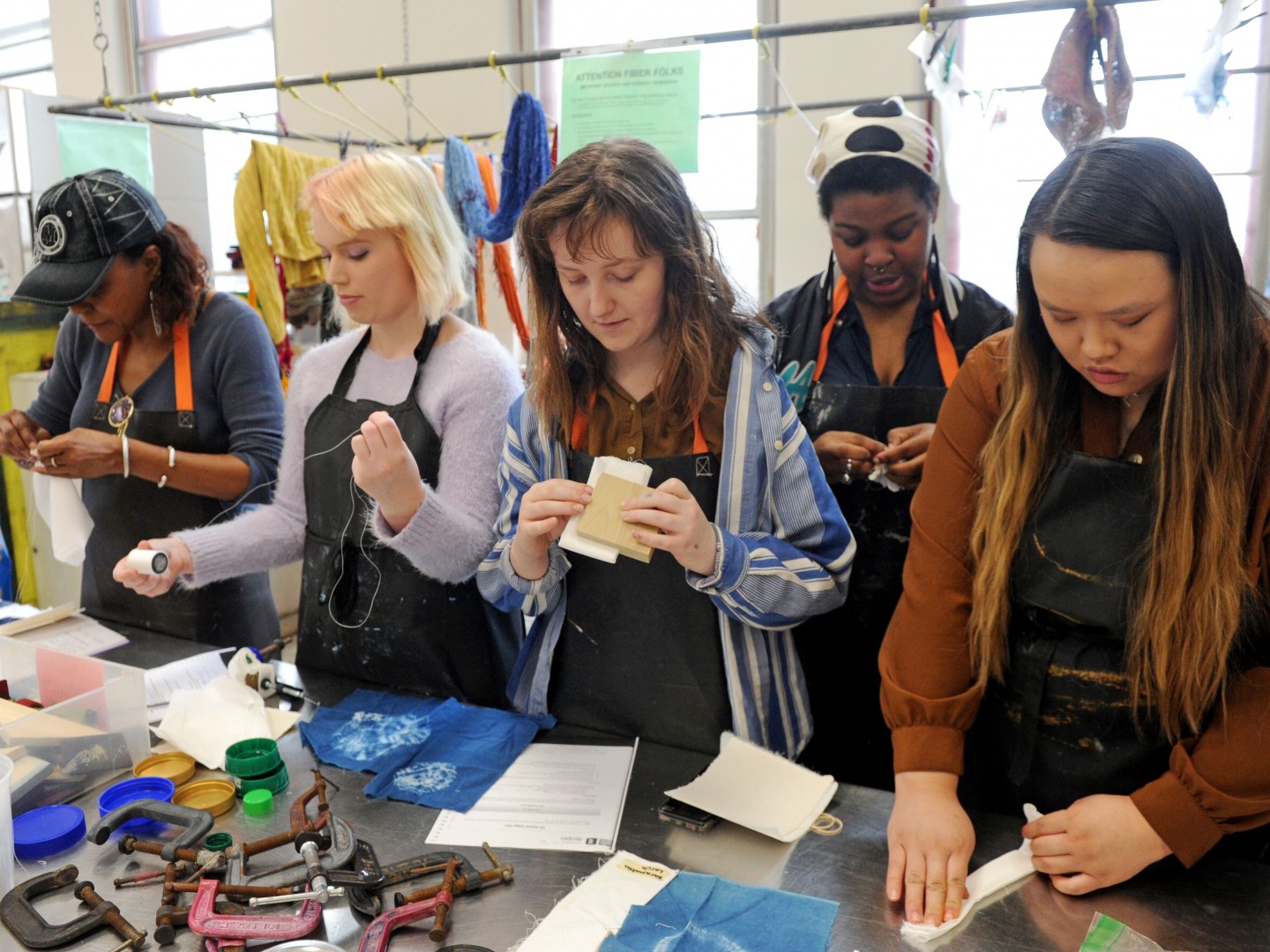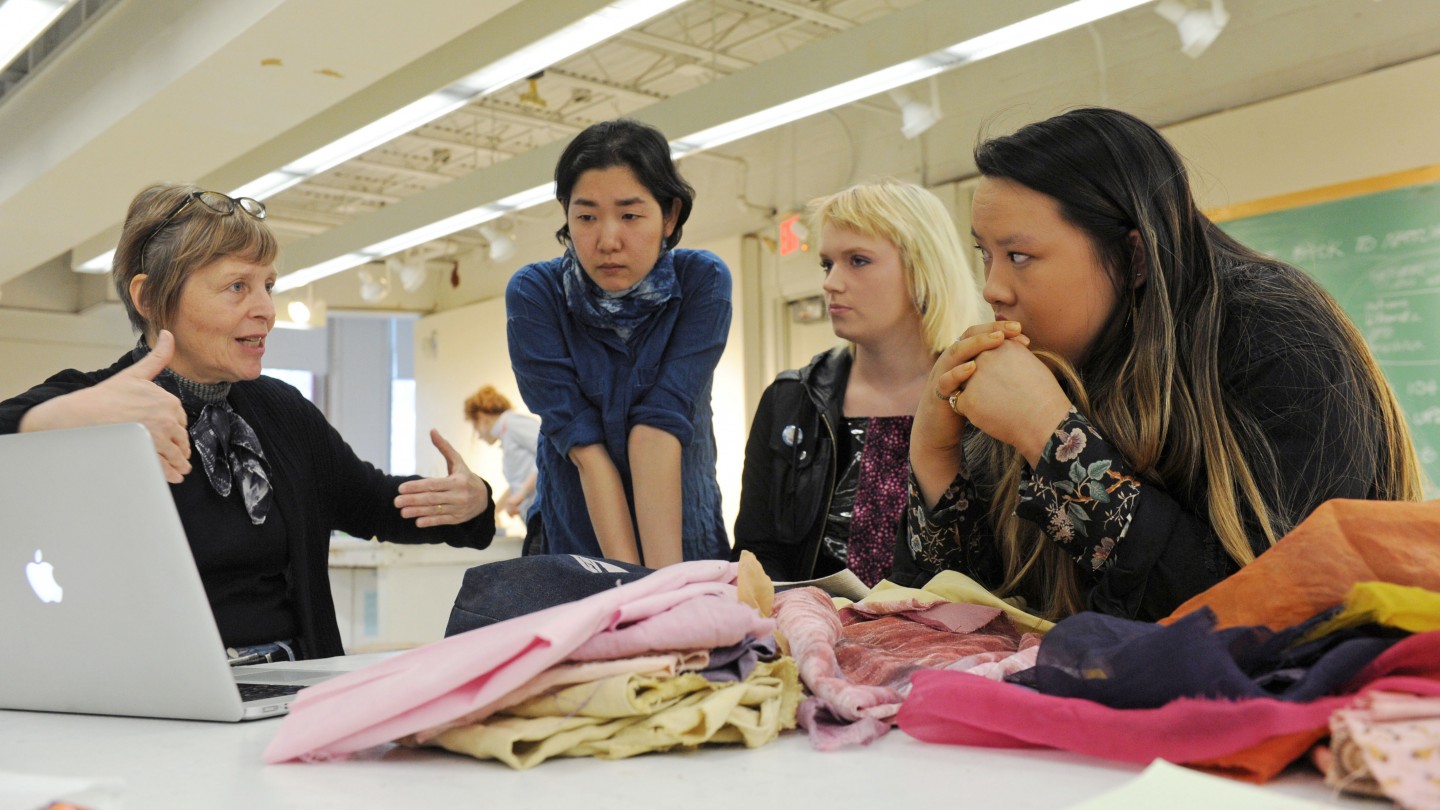Natural Dye as Intercultural Connector is a multi-semester course developed to support work on the Baltimore Natural Dye Initiative, a project funded by the Department of Commerce through the Maryland State Arts Council. The mission of the project is to explore the cultural and economic potential of growing and using natural dyes in Baltimore and involves MICA, Parks and People Foundation and a number of city and state agencies. MICA’s role in the project is to expand and deepen existing curriculum around natural dyes and to support the development of local knowledge and practices around the cultivation, processing and use of natural dyes.

Natural Dye as Intercultural Connector explores the cultural significance of natural dyes and their potential to support cultural exchange, intercultural connection, dialogue, art and design work. The course brings together a diverse community of learners, including undergraduate and graduate students and faculty from MICA and Coppin State University, as well as artists and farmers from the Baltimore community. The group conducts research, hands-on studio exploration, identifying and connecting with community partners already working with textile and farming traditions related to natural dye, and interviewing scholars and practitioners around the world to build local expertise. The class also grapples with the challenging histories of natural dyes as commodities, including the impacts of colonization and slavery. An important aspect of the class is holding space for challenging conversations about issues of race, privilege and power, building the skills of listening to each other, learning from the past, developing self-awareness and taking actions that advance equity. The class has asked, “How might the practice of growing and using natural dyes help us heal our relationships to each other and to the land?”

Each semester, members of the class community create artwork, exhibitions, workshops and events to share research findings and develop new relationships through the practice of growing and working with natural dyes. Through this work, MICA aims to identify actionable goals for how this project can be of benefit for Baltimore, specifically our community partners affected by the histories of exploitation connected to natural dyes. Supporting Baltimore artists and designers around the practice of natural dye, developing a local market for plant material and establishing a community dye kitchen are goals of the project.



